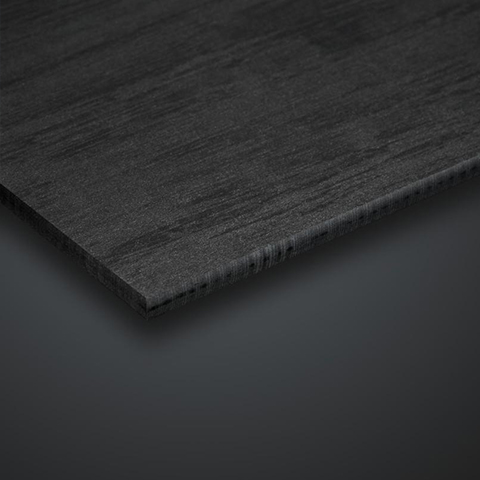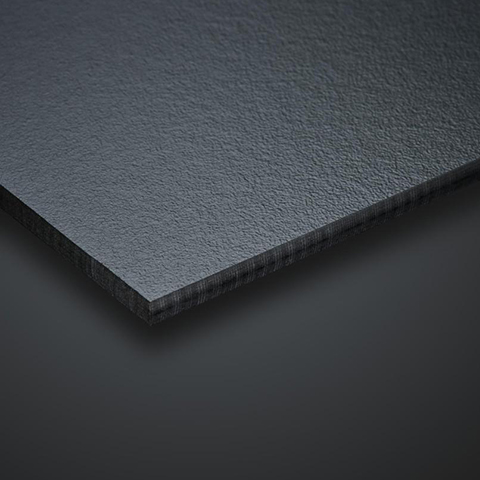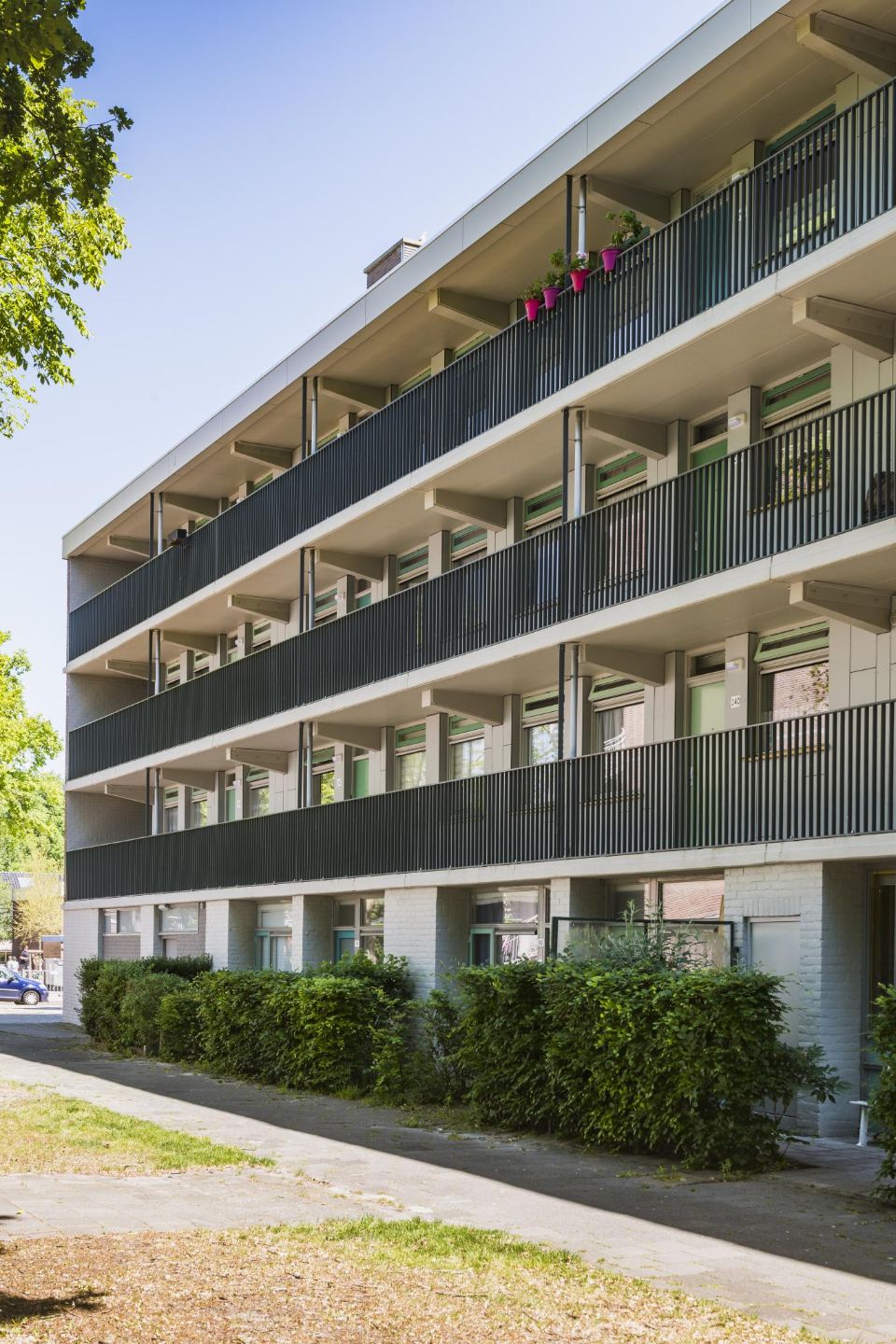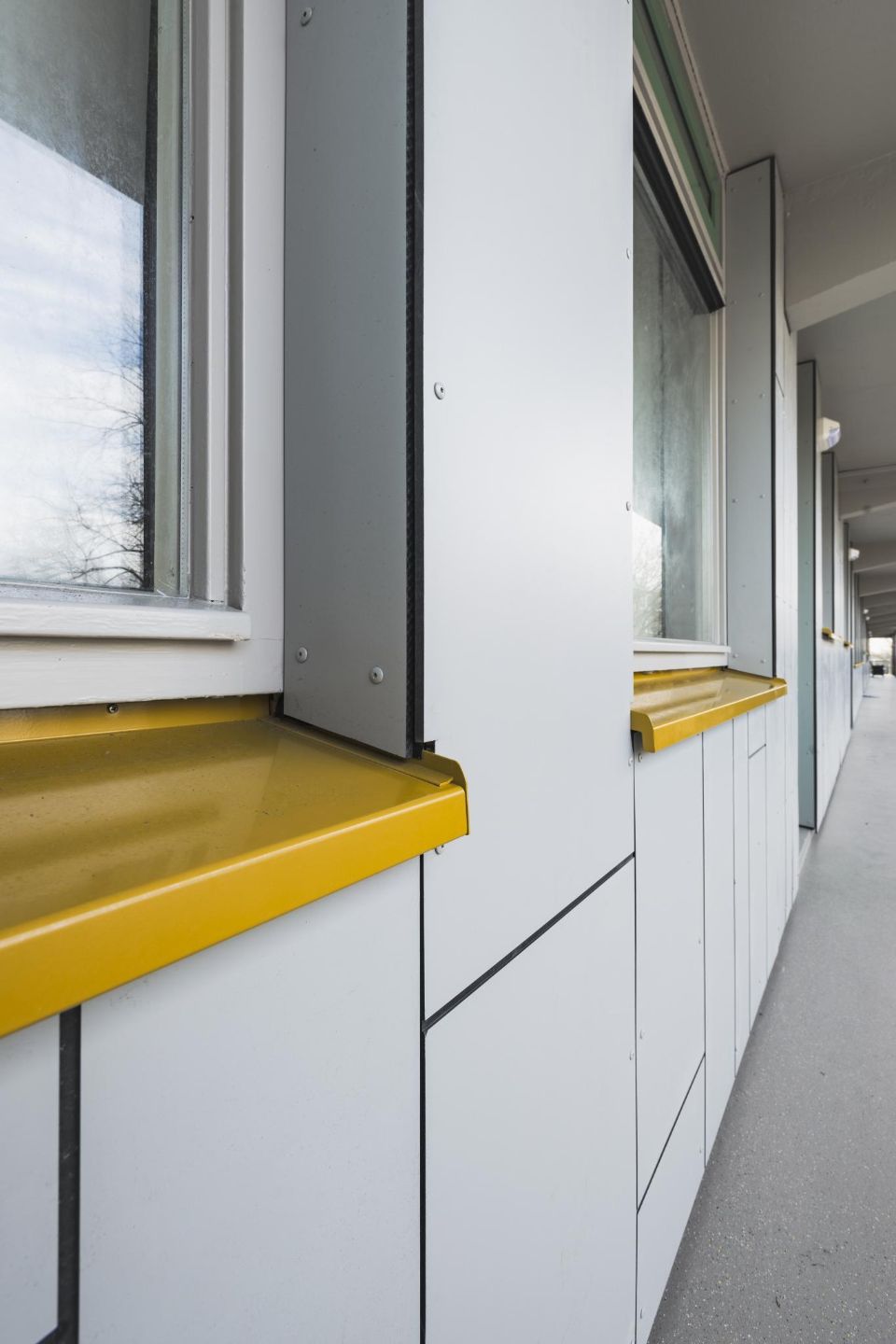Apartments Alkmaar


%20(1).jpg)

THIS APARTMENT BLOCK RENOVATION PROJECT IN ALKMAAR IS A HUGE SUCCESS, BOTH SOCIALLY AND AESTHETICALLY
IN KOOIMEER, A DISTRICT IN ALKMAAR IN THE NETHERLANDS, A SEEMINGLY RUN-OF-THE-MILL MODERNISATION PROJECT BECAME A RADICAL, PARTICIPATORY AND ABOVE ALL SOCIETALLY SIGNIFICANT RENOVATION PROCESS THAT HAS GIVEN THE DISTRICT A NEW IMPETUS. THE RESIDENTS WERE GIVEN THE OPPORTUNITY OF HAVING THEIR SAY DURING SO-CALLED ‘LIFT CHAT’ SESSIONS. FROM AN AESTHETIC POINT OF VIEW, THIS INNOVATIVE PROJECT IS NOW AN ATTRACTIVE LANDMARK, TO WHICH THE USE OF TRESPA® METEON® CLADDING CONTRIBUTED IN NO SMALL MEASURE.
The 218 homes in the three apartment blocks all required urgent maintenance. Inge Zwaan, Housing Manager at Van Alckmaer voor Wonen, explains: “Initially, the project focused mainly on a technical upgrade. The brief was to disconnect the apartments from the gas grid and switch to a new heating system that uses residual heat from the local waste incineration plant. In addition, the walkways were to be given a facelift, the homes were to be made asbestos-free and the façades insulated.”
INSPIRING CHALLENGE
Lieke Kraan, who works as an architect for construction company Hemubo, oversaw this project architecturally. Hemubo had previously completed a different project for Van Alckmaer voor Wonen that involved improving the energy efficiency of 44 homes on Koelmalaan in Alkmaar. “The project teams at Van Alckmaer and Hemubo already knew each other personally and had a good idea of each other’s skills and capabilities”, says Lieke.
“This particular assignment (the Kooimeerflats) was the largest and most complex project that Hemubo had ever tackled. We were asked to draw up the overall project plan. Not only did this give us extensive decision-making freedom, it also made the project an inspiring challenge. Everything had to be researched down to the tiniest detail and we had not been instructed to work to a specific budget. So we enthusiastically grasped this opportunity with both hands.”

There are countless other examples of the effect of colours and materials on the residents daily lives. When making a decision, I always weigh up the impact on the residents comfort against the benefits in terms of appearance.” Architect Lieke Kraan, Hemubo
Because the project scope included three separate apartment blocks in the same neighbourhood, we had to rack our brains to find a unifying factor”, says Inge. “Trespa played an important role in creating this uniformity, thanks largely to an inspiring combination of the colours in the Trespa® Meteon® range.” Inge Zwaan, Van Alckmaer's Housing Manager

RESIDENTS’ PERSPECTIVE
Van Alckmaer voor Wonen and Hemubo realised at an early stage that the project involved social aspects as well as the technical and construction-related specifications: “We soon came to the conclusion that we needed to look at this project from the perspective of the residents as well”, says Inge. “So we decided to talk to the residents personally and find out how they felt about living in the buildings. We organized ‘lift chat’ sessions in the entrance hall of each apartment block. The outcome was disconcerting in some cases. The residents complained about problems in the neighbourhood: rowdy groups of youngsters loitering outside the buildings and littering on the street were frequently mentioned. In the light of this feedback, we decided to focus strongly on social cohesion and quality of life in the neighbourhood as well. As a result, we invested a great deal of time in resident surveys, questionnaires and home visits. After discussions with the residents about possible improvements to their apartments, we also decided to replace the bathroom, kitchen and toilet in all the homes.”
THE PEOPLE BEHIND THE WALLS
Resident participation in renovation projects is not that unusual, however this was the first time that Van Alckmaer had involved residents in the construction process to such a significant extent. “And it certainly won’t be the last time”, says Inge. “People are more important than bricks and mortar. The residents have first-hand experience: they know exactly what is going on in the building and in the neighbourhood. Our sector still tends to think exclusively in terms of the technical aspects and often fails to consider the people living inside the building. Van Alckmaer builds homes for people with a limited income. We wanted to take their concerns seriously. And we achieved that goal: we sometimes ran into problems that were more severe than anything we could have anticipated before walking through the front door.”
FOCUS GROUP
Before the start of the construction work, Van Alckmaer set up a focus group to liaise between the residents and the contractors. The focus group gave residents the opportunity of submitting their feedback and suggesting useful additions. “The questionnaire indicated that the residents suffered from noise nuisance. In response, we offered them the option of a suspended ceiling with extra acoustic insulation at no additional cost. More than half the residents chose this solution”, says Inge. The residents’ comfort during and after the renovation work was also of great importance to Hemubo. The construction company assigned one of its 20 resident services coordinators to the project. Architect Lieke Kraan: “We arranged frequent meetings with the focus group to include their ideas and wishes in the plan as fully as possible. In addition, our resident services coordinator visited all the residents to prepare them in advance and offer advice during the work.

PLASTIC RECYCLING
The residents’ input resulted in concrete initiatives that were incorporated in the final result. For example, changes were made to improve safety in the storage rooms and emergency stairwells, and a new workshop was set up for the sole purpose of recycling plastic waste. Inge: “We have achieved two things with the new workshop: the streets are now much cleaner and it gives the youngsters who used to roam the streets during the day an opportunity to make themselves useful and earn some extra money.” For example, the young people in the workshop are currently producing more than 1,000 coloured tiles that will eventually be used to create a wall mural next to the entrance to one of the complexes.
Lieke: “A building is only really a success if people can use it effectively and enjoy living in it. One of our design objectives for the new bathroom was to incorporate all the new technology harmoniously and organise the space as efficiently as possible for the residents. So we included adequate ventilation and made sure that the windows were easy to clean when designing the window frames. And there are countless other examples of the effect of colours and materials on the residents’ daily lives. When making a decision, I always weigh up the impact on the residents’ comfort against the benefits in terms of appearance.”
Listening to the residents is one thing, but Van Alckmaer also realised that keeping everybody happy would be impossible. Inge: “So we had to communicate frankly and honestly. We listened to everybody’s input, but were always very clear about what was and was not feasible.”

ARCHITECTURE IS SUBJECTIVE
“I presented the plans to the residents on several occasions”, Lieke continues. “Because we had already obtained quite a lot of information from our chats with the residents, most of the ‘concerns’ had already been tackled before we presented the plans to them. From an architectural point of view, I enjoyed discussing the design with them. Architecture is highly subjective at the end of the day, but the choices you make as an architect do have a direct effect on the personal living environment of many residents. Some people love your solutions, others see things differently.
There were strong technical reasons for choosing Trespa® Meteon®; i.e. its strength and maintenance-friendly character, and the ease of installation. Furthermore, choosing Trespa® Meteon® instead of brick had a major impact on the appearance.” Architect Lieke Kraan, Hemubo
SHIFT IN PHILOSOPHY
The other parties involved in the project, such as value chain partners and suppliers, also had to embrace the philosophy behind the participation process. This was not without knock-on effects. Trespa supplied the material for the façade cladding and fully supported this approach. Xavier Rousseau, Trespa's Marketing Manager explains: “Trespa is more than a typical façade panel manufacturer that simply sells its products to other companies. We are a people-oriented company that focuses on the human aspect: we offer our panels to other people and consider their needs. That’s a big difference. We have shifted away from the traditional manufacturer/customer relationship to a real partnership with the customer. Everybody who works for Trespa supports this customer-focused approach, from the sales force to our colleagues on the factory floor. Everyone can be proud of his or her contribution, and it is this ethos that has made Trespa a reliable partner for more than 60 years.”
It was clear from the beginning that the choice of façade cladding was destined to play a major role in determining the appearance of the final result. “Because the project scope included three separate apartment blocks in the same neighbourhood, we had to rack our brains to find a unifying factor”, says Inge. “Trespa played an important role in creating this uniformity, thanks largely to an inspiring combination of the colours in the Trespa® Meteon® range.”

LOW-MAINTENANCE MATERIAL
Trespa® Meteon® is a decorative HPL compact material with an integrated surface motif. Lieke Kraan: “We had used Trespa® Meteon® previously for Van Alckmaer's project on Koelmalaan. This material let us insulate the walkway façade effectively, without bringing the plane of the outer façade any further forward. In addition, it is a low-maintenance material. That’s why we decided to use this product again for the Kooimeer apartment blocks.”
Kraan continues: “There were strong technical reasons for choosing Trespa® Meteon®; i.e. its strength and maintenance-friendly character, and the ease of installation. It allowed us to create a well-insulated façade, without (significantly) bringing the plane of the façade further forward. This is very important when you are renovating an apartment block with outside walkways: you don’t want to make the walkway any narrower. Furthermore, choosing Trespa® Meteon® instead of brick had a major impact on the appearance.”
LOOKING GOOD FOR
“The project teams were obviously looking for a cladding material that would retain its attractive appearance for a long time,” adds Remon Bakker, Account Manager Façade at Trespa. “A façade material is a long-term investment and should not just look fresh and attractive at the time of purchase. Elements such as the colours also have to look fantastic 30 or 40 years later to maintain the project’s appearance.”
Trespa® Meteon® is an ideal product for applications of this type, says Bakker: “This is because our products are designed for many different markets, not just Western Europe. Our materials are also used in the Middle East, Australia and other countries where climate conditions are far more challenging. So our façade materials have to meet the most stringent requirements that exist in terms of durability and ease of maintenance.” Natural and coordinated look Hemubo installed Trespa® Meteon® panels on the parapets under the window frames and on the façades opposite the walkways. The material was also used to clad the façade of the new lift tower in complex 3. A wood motif finish (NW28-Halmstad) or a Trespa® Meteon® panel in the accent colour for the apartment block was chosen for the parapets. “This approach allowed us to achieve a natural and coordinated look”, Kraan comments.

CUTTING JOINT LINES
The finish of the Trespa® Meteon® panels on the façades opposite the walkways was the subject of a heated discussion within Hemubo, says Kraan: “The Kooimeer apartment blocks are impressively large, and a completely flat panel can make the façade seem rather monotonous. After all, the original brick façade was characterised by specific patterns, colour nuances and shade effects. The solution lay in cutting joint lines into the panels. This simplified panel attachment and also gave the façade a more differentiated appearance.”
EXTENSIVE RANGE OF COLOURS
The façade material also offers almost infinite architectural and aesthetic freedom, according to Kraan: “Trespa® Meteon® is available in an extensive range of standard colours and you can even specify custom colours. In the end, we opted for a mid-grey panel for the walkway façades. Different accent colours were used for the doors and moving elements. Thanks to our idea of milling a pattern into the panels, we were still able to add texture to this large expanse of façade cladding. So I was also able to inject aesthetic and architectural elements into the overall design while still meeting all the technical requirements. As an added bonus, we were able to emulate the appearance of painted brick to some extent.”
CIRCULARITY
Hemubo and Van Alckmaer's choice of Trespa® Meteon® means that the façade cladding will retain its appearance for several decades. But this is not the end of the story for Trespa. After all, the company believes fervently in fully circular recycling in construction and has already considered how the façade panels can be re-used if they ever need to be replaced. Bakker: “We are actively developing a Trespa Second Life program. If the customer ever wants to replace the cladding for any reason, the panels do not have to be scrapped. We are currently investigating a range of possibilities for reusing the material.”
TECHNICAL AND AESTHETIC MAKEOVER
Inge Zwaan, Van Alckmaer's Housing Manager, looks back on the completed project with satisfaction and pride. “It was a process of trial and error. We had a steep learning curve, especially in the beginning. But the final result is positive: this project illustrates everything our organisation stands for”, she concludes. Architect Lieke Kraan concurs: “Turning drawings on paper into a building that lives and breathes is always exciting. The complexes have been given a head-to-toe makeover, both technically and aesthetically. Opting for new materials, such as Trespa® Meteon® instead of brick, has had a tremendous impact on the appearance of the apartment blocks, and much more colour has been added to the mix. The ideas that worked so well on paper also really come into their own in practice. We have learned a great deal from this project and we are more than happy with the final result.”

 EN/GB
EN/GB
















